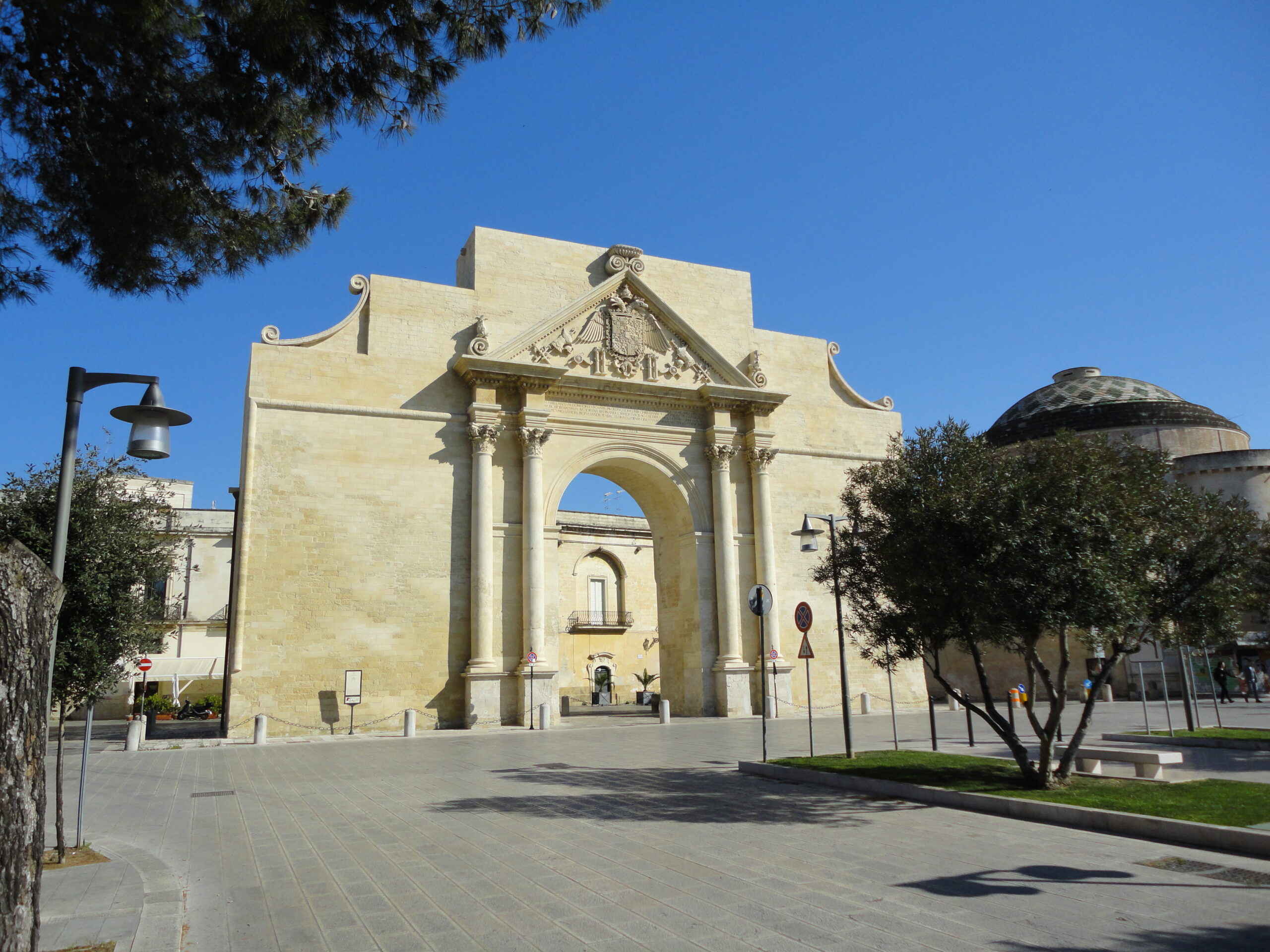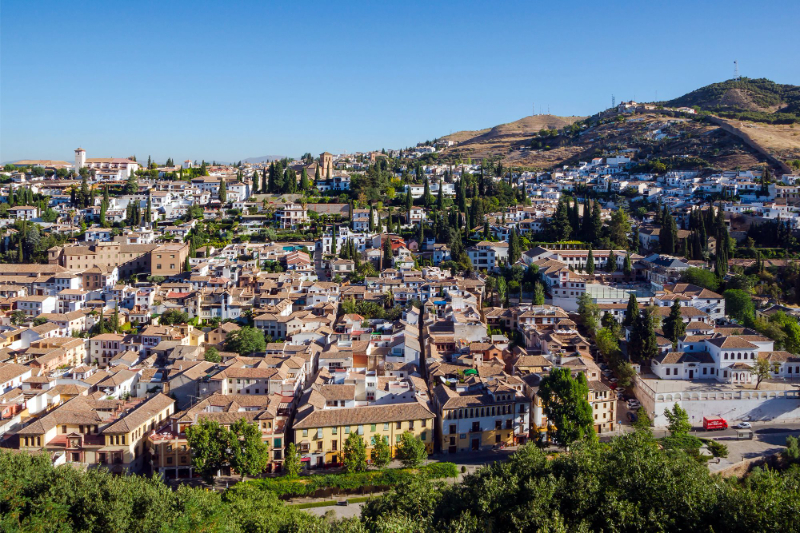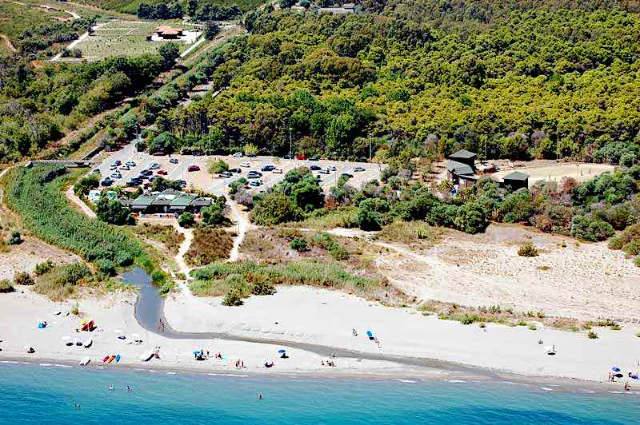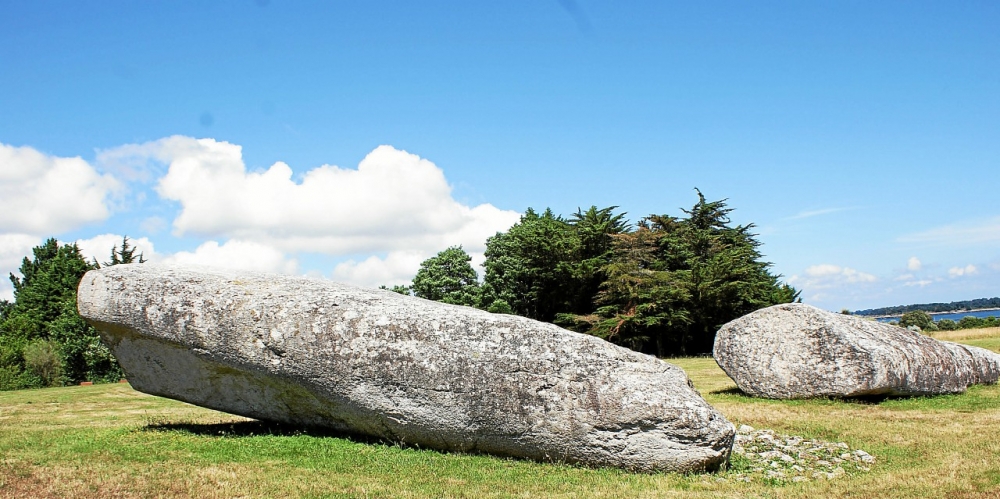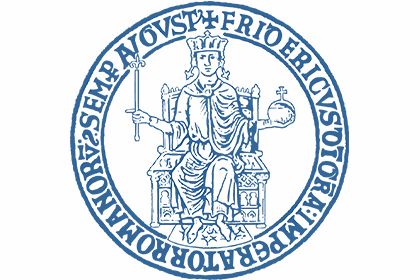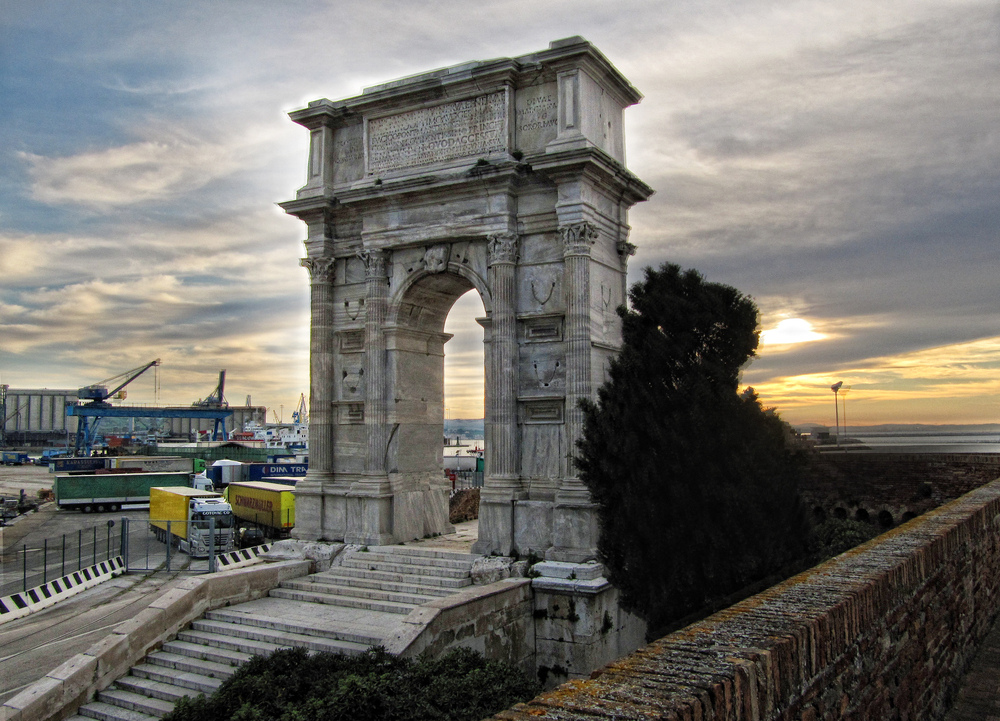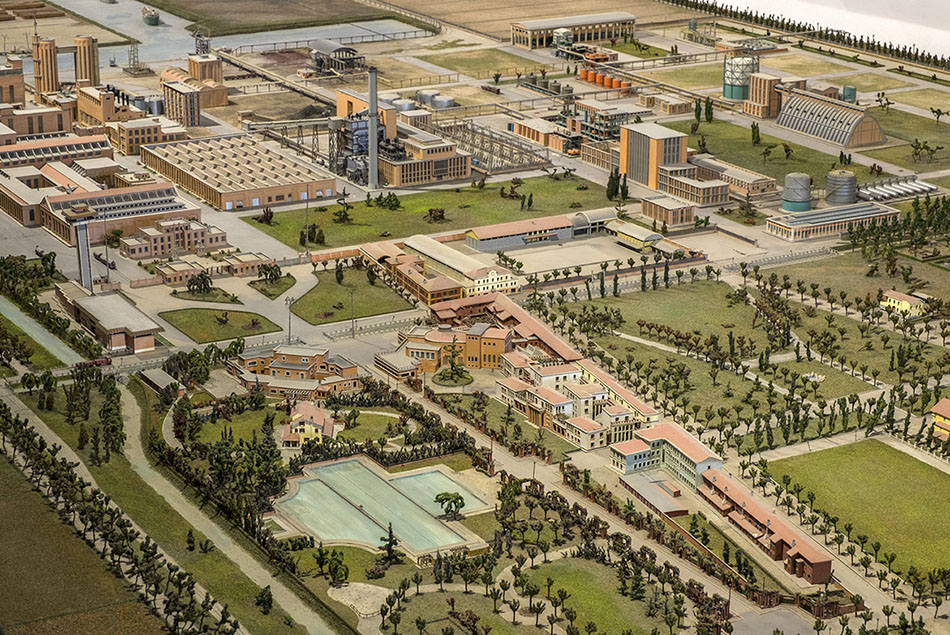In fact, its very ancient Messapian origins and the archaeological remains of Roman rule mingle with the richness and exuberance of the Baroque, typically 17th-century, churches and palaces in the center.
The architectural development and decorative enrichment of facades was particularly fruitful during the Kingdom of Naples and characterized the Apulian capital in such an original way that it gave rise to the definition of "Lecce Baroque." It was also an entirely new style because of the use of pietra leccese, a type of limestone material that is easily shaped and has warm colors.
The streets of downtown Lecce are an open-air museum. One example is the splendid Piazza del Duomo, home to the Duomo or Cathedral of Maria SS. Assunta – with a bell tower and two facades, one very sober and the other richly decorated – the Bishop’s Palace, dating from the Renaissance period, with its splendid loggia, and the Seminary building, particular for its ashlar-decorated facade and characteristic inner cloister.
Not far away, the famous square named after the city’s patron saint, Piazza Sant’Oronzo, holds other artistic and historical jewels belonging to different eras. Dominating the square with its Renaissance elegance is the Palazzo del Seggio, also known as the "Sedile," now the site of interesting exhibitions and displays. Of the same architectural style is the church of Santa Maria delle Grazie, while evidence of Roman rule is the majestic Amphitheater, elliptical in shape, and the Roman column, with the bronze statue of the patron saint next to it.
Nearby there is also the Church of St. Joseph, with its Baroque facade, and the Charles V Castle, a fortified bastion built in the 1500s at the behest of Emperor Charles V but comprising an earlier central body, dating from the 12th century, and elements completed in later times, such as the moat. Once used for defensive purposes, the castle now hosts numerous art exhibitions and cultural initiatives.
Also of great visual impact are the Porta Rudiae, surmounted by the statues of the patron saint, St. Dominic and St. Irene, and the Church of the Rosary, with its accentuated verticalism and splendid facade. The Basilica of Santa Croce, begun in the 14th century and completed at the turn of the 16th and 17th centuries, is a must-see for its harmonious balance of classical and Baroque styles and the beauty of its interior. The monumental facade, mainly the work of Francesco Antonio Zimbalo and Cesare Penna, is full of Christian symbols and topped by a large central rose window.
But a discovery tour of Lecce would be incomplete without seeing its museums and art galleries. Among the many stand out: the S. Castromediano Provincial Archaeological Museum, which houses ancient relics from the Roman and Messapic periods; the Historical Museum of the City of Lecce, which is also a contemporary art gallery; the Franciscan Art Gallery, inside the Palazzo Fulgenzio; and the Roman Theater Museum, which not only contains artifacts from archaeological excavations but also houses a series of nine theater masks from Hadrian’s Villa in Tivoli.
Like many cities in the south, Lecce boasts numerous evening entertainments, from music to theater, and is enlivened by a rich social life in which the many young people who attend its renowned university are especially prominent.
